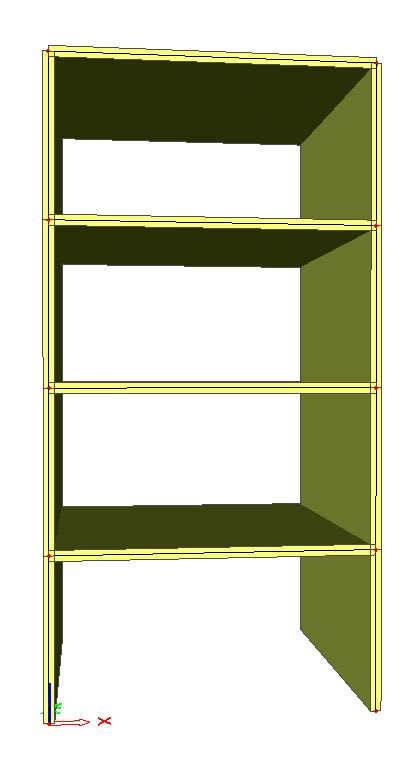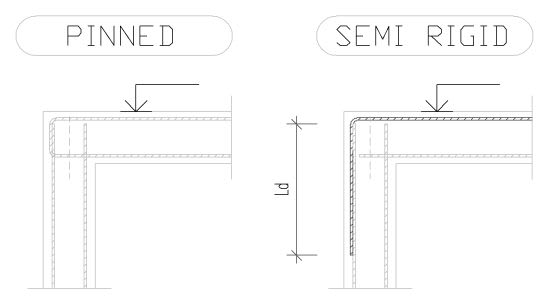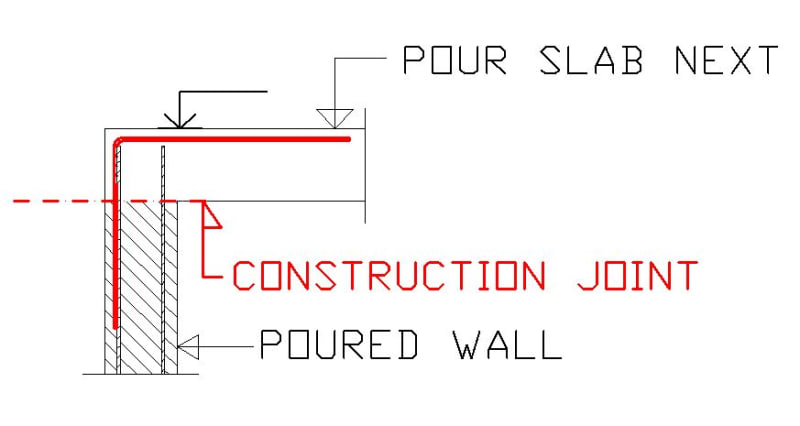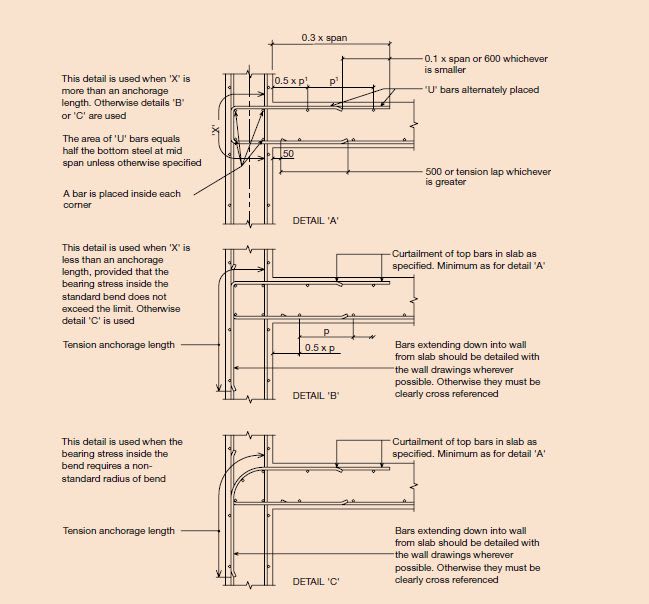CovertShear
Structural
Greetings
How do you go guys consider the connections between a monolithic concrete slab and a external concrete wall in terms of rigidity (for example as bellow):

You design them as rigid, semi-rigid ?
I know in masonry wall connections, the rigidity is decided by the "clamping" vertical force in the wall from the storey above wall siting on the joint.
But in concrete, it feels like the rebar should carry over the tensions of a fully rigid connection.
In the past, I have been designing them as semi-rigid, but I would like to hear your methods.
How do you go guys consider the connections between a monolithic concrete slab and a external concrete wall in terms of rigidity (for example as bellow):

You design them as rigid, semi-rigid ?
I know in masonry wall connections, the rigidity is decided by the "clamping" vertical force in the wall from the storey above wall siting on the joint.
But in concrete, it feels like the rebar should carry over the tensions of a fully rigid connection.
In the past, I have been designing them as semi-rigid, but I would like to hear your methods.



